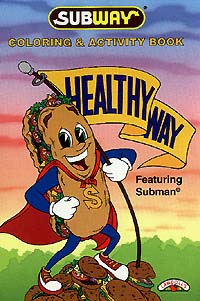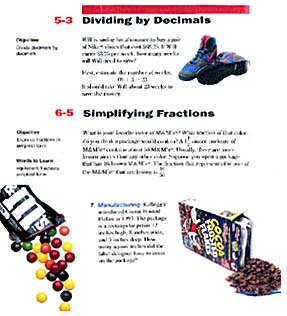

Sponsored Educational Materials
Public relations materials can be obviously commercial. Companies provide educational materials to build brand recognition and consumer loyalty. These materials are distributed and used, in many cases, without a review process or any form of evaluation.
For example, McDonald's has students design a McDonald's restaurant. A Shell Oil video teaches students that the way to experience nature is to drive there - stopping to fuel up your Jeep at a Shell gas station on the way. The Shell logo appears on the screen at intervals throughout the video.

But such materials can also be more subtle. Some teachers were duped by Exxon's lesson plan about the healthy, flourishing wildlife in Prince William Sound, Alaska, which showed beautiful eagles, frolicking sea otters, and sea birds in their habitat. In reality, the program was a public relations vehicle designed to help Exxon clean up its image after the Valdez oil spill.
Sponsored educational materials reach the classroom by way of education conferences, unsolicited mass mailings, and offers in education journals.
- In schools where textbooks are old or there is no money for supplemental materials, these materials can be a popular way for teachers to brighten a subject up.

The excercises on the right are excerpted from a mathematics textbook that uses commercial material to make math more "relevant" to students:
Mathematics: Applications and Connections, Course 1, Glencoe McGraw-Hill, 1995 & 1999
Unfortunately, many schools do not have a review process for such curriculum materials, nor is there a national evaluation resource for teachers to use. The state of California reviews such materials in the environmental education field and publishes compendia broken down by subject area. Other states need to follow suit - for all materials.
Visit our Take Action! section to see how people are evaluating & fighting commercialism in their schools.
